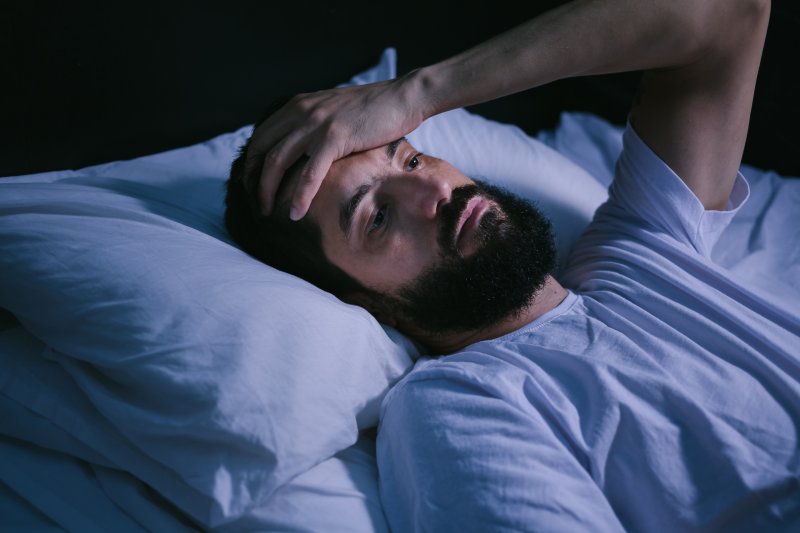
Have you ever stood in front of your thermostat and debated what to set it at to sleep? As it turns out, this thought process can be complicated further if you have sleep apnea. Research suggests that the temperature of the room may have a significant effect on the disorder.
If you want to learn more about how your environment affects your ability to rest with sleep apnea, continue reading.
What’s the Connection?
Joint research by a team in Sweden has shown that temperature can have a notable impact on sleep apnea sufferers. The team used a blind study with temperature-controlled rooms at 60, 68, and 75 degrees Fahrenheit. It was found that while patients with untreated obstructive sleep apnea slept better at 60 degrees, their symptoms were worse.
Ultimately, extreme temperatures, whether hot or cold, may make breathing harder during sleep for those with OSA.
How Cooler Temperatures Affect Sleep Apnea
In colder temperatures, the air tends to be drier, causing increased nasal congestion. For those with OSA, this may intensify airflow resistance, making it more difficult to breathe. Additionally, cold air can cause airway constriction and inflammation, further complicating the breathing process during sleep.
How Hotter Temperatures Affect Sleep Apnea
On the other hand, hot and humid conditions bring their own set of challenges. High temperatures cause the heart and lungs to work harder to keep a normal core temperature. This heavily affects sleep, especially in patients with OSA or other lung-related conditions.
What Should You Do to Sleep Better?
To lessen the effect of temperature on sleep apnea, consider preparing your sleep environment before bed:
- Temperature Control: Maintain a comfortable room temperature, typically between 60 and 67 degrees Fahrenheit to create an ideal sleep environment.
- Humidity Regulation: Use a humidifier in dry conditions to prevent excessive drying of nasal passages. If the room is too humid, make sure there’s plenty of ventilation to avoid oversaturation.
- Breathing Exercises: Practice breathing exercises, especially if you notice increased symptoms during specific weather conditions. This can help improve respiratory function and give you an idea of how your lungs will perform in the room.
- Consultation with a Specialist: If you’ve never been diagnosed with OSA and you find it hard to sleep, you may want to talk to a specialist. Consider your inability to breathe or sleep in rooms of certain temperatures as an early warning that something is off. Someone like your sleep dentist can provide personalized advice and treatments to enhance your sleep quality.
Understanding how temperature affects sleep apnea allows you to proactively manage your environment. Over time, this promotes better sleep quality and significant improvement in your function during waking hours. So, don’t delay, talk to your sleep dentist today to see how they can help.
About the Author
If you’re ready to shake up your sleep apnea, Dr. Katherine Parét can guide you every step of the way. She graduated from the Tufts University School of Dental Medicine and completed advanced training in the treatment of obstructive sleep apnea with oral appliances. She’s an expert on sleep dentistry and can help you get the rest you need. Call (207) 200-4106 to schedule a dental implant consultation at Mind Your Mouth, or visit the website to browse other services they provide.

